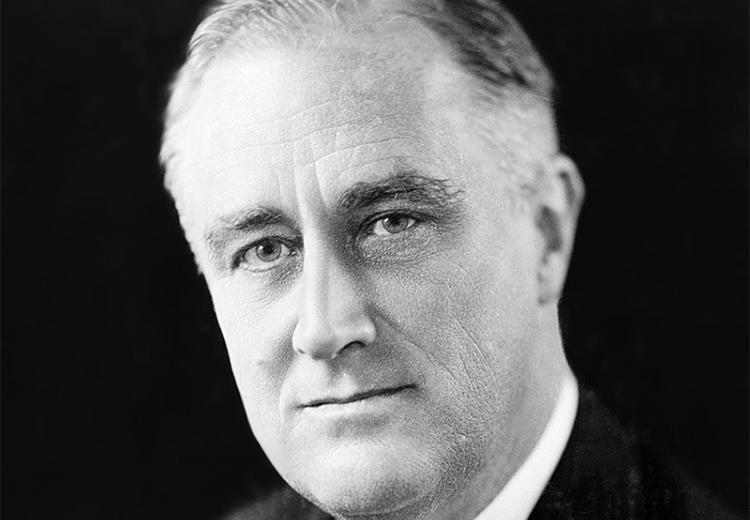Lesson 2: Legislating Neutrality, 1934–1939

President Franklin D. Roosevelt tried to keep the U.S. out of World War II as long as possible.
America on the Sidelines: The United States and World Affairs, 1931–1941
A comprehensive student interactive giving the user a full scope of America's political and diplomatic responses to world events between the two world wars.
By the early 1930s Americans were becoming increasingly pessimistic about the possibility of preventing the outbreak of wars through international cooperation. They instead turned toward measures designed to prevent the United States from intervening in any foreign war that may occur. The result was a series of neutrality laws passed in 1935, 1936, and 1937—laws that sought to avoid the reappearance of circumstances that most Americans believed had drawn the country into World War I, namely arms sales and loans to belligerent countries.
In this lesson students examine a series of primary source documents that will help them understand why these laws were passed, and how they were applied in the mid- to late-1930s.
Guiding Questions
Did the neutrality laws of the 1930s represent an effective U.S. response to world affairs?
Learning Objectives
Explain the “Merchants of Death” thesis and how it shaped the U.S. approach to neutrality.
Evaluate the main terms of the neutrality laws passed during the 1930s.
Consider competing perspectives to evaluate the short and long-term effects of the neutrality laws.
Identify on a blank map the locations of the major events in Europe from 1935 to 1939.
Assess the overall effectiveness of U.S. neutrality policy during this period.
